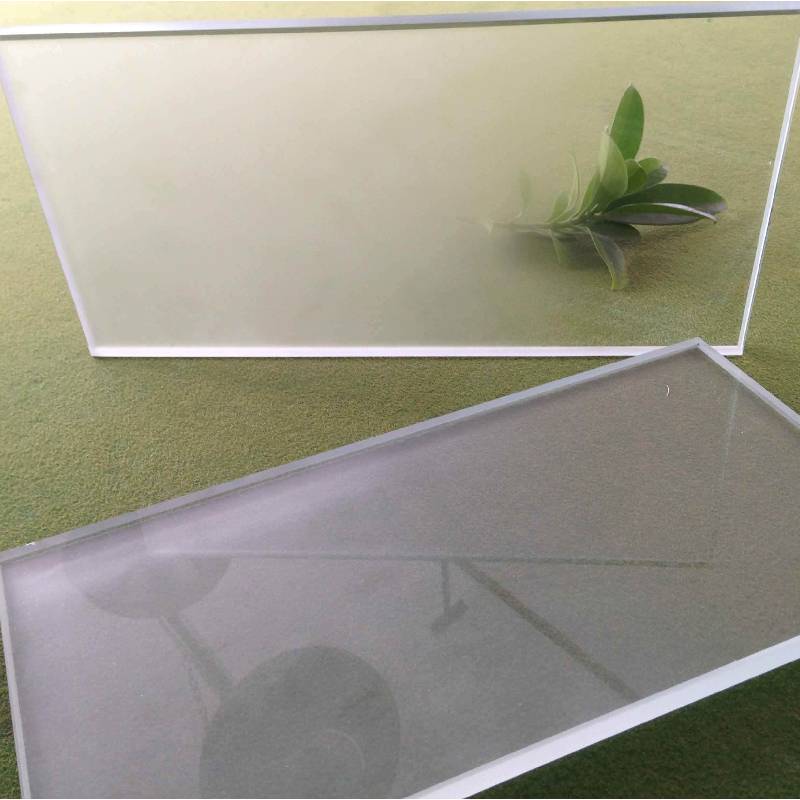

Tempered glass, also known as toughened glass, is a type of safety glass that has been processed by controlled thermal treatments to increase its strength compared to normal glass. This innovative material plays a crucial role in modern architecture, automotive manufacturing, and various other industries. There are several types of tempered glass, each designed for specific applications and environments.
One of the most common types of tempered glass is the clear tempered glass. This variety is widely used in residential and commercial buildings for windows and doors due to its transparency and aesthetic appeal. Clear tempered glass is not only elegant but also provides enhanced safety, as it is less likely to shatter upon impact.
Another variant is tinted tempered glass, which is infused with various pigments during production. This glass helps reduce glare and heat penetration, making it an excellent choice for structures in sunny climates. Tinted tempered glass is often used in skyscrapers and office buildings, where controlling indoor temperature and reducing energy costs are paramount.
Frosted tempered glass is another interesting type, achieved through a process that creates a translucent surface. This type of glass is perfect for applications where privacy is essential, such as in bathrooms or office partitions. Its unique texture diffuses light while providing visual separation, making it a popular choice for interior design.

For specialized needs, laminated tempered glass combines layers of glass with interlayers, providing extra safety and sound insulation. This type is often used in storefronts, glass roofs, or areas prone to severe weather conditions. The laminated design ensures that if the glass breaks, it remains intact, reducing the risk of injury.
Lastly, heat-reflective tempered glass features a special coating that reflects heat, making it ideal for energy-efficient buildings. By minimizing heat transfer, this glass helps maintain comfortable indoor temperatures and reduces the reliance on air conditioning systems.
In conclusion, the diversity of tempered glass types allows for tailored solutions to various architectural and industrial challenges
. From enhancing safety and aesthetics to improving energy efficiency, tempered glass continues to innovate and transform how we interact with our environments, underscoring its significance in contemporary design and construction. Its versatility is unmatched, making it a fundamental element in the advancing world of materials technology.